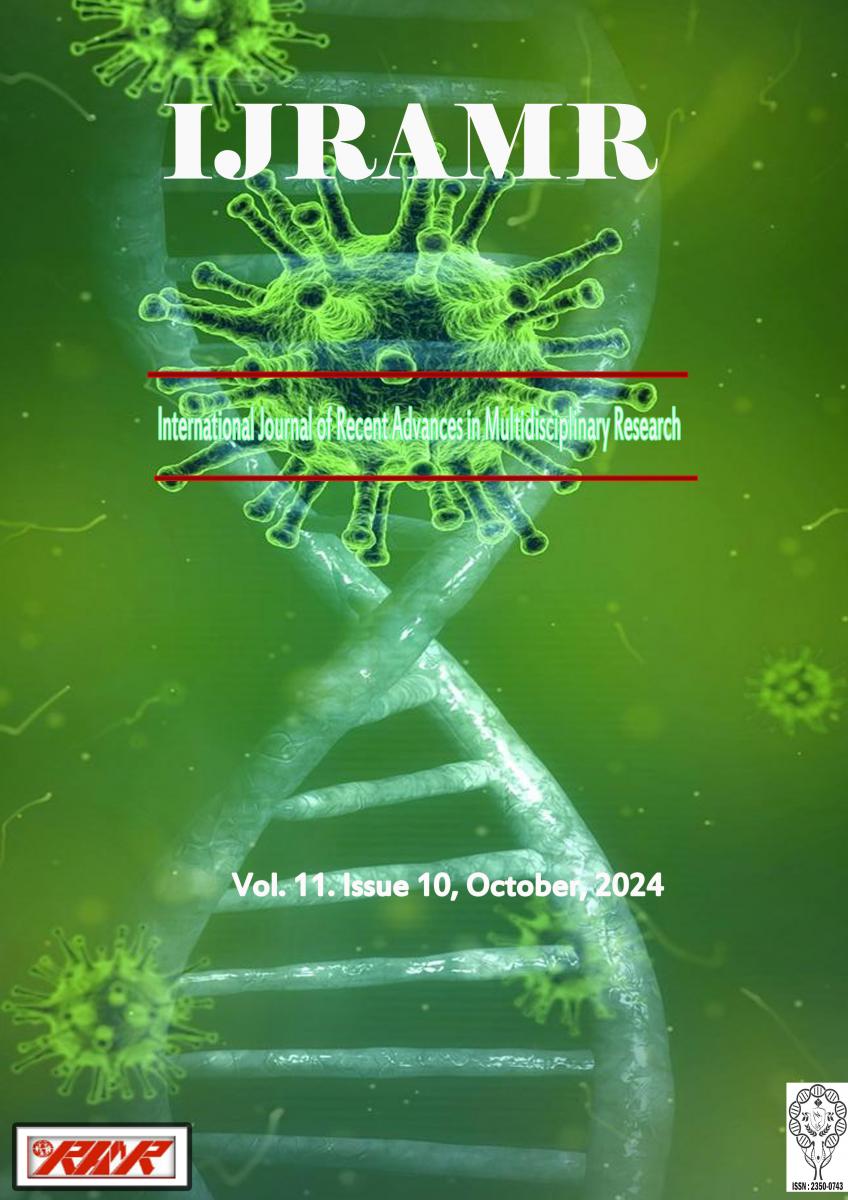People with shared experiences and interests like gays or even students create a language that binds them. A language of every group is peculiar since a language of a particular group is different from other languages (Flores, 2011). Everyone could not escape from the alluring and colourful language used by gays because it is funny and it is more fun to say it that is why some of us are influenced by gay language (Cayabyab in Camalig, 2016). This study claims that there is an internal variation of the gay language as a socioliect, from its internal etimologies. This paper has an aim to identify the morphological processes of the gay language; analyse the affixes formed in the gay language in terms of nouns, verbs, and adjectives; identify the basic structures/patterns of the gay language; analyse the structure of the gay language; and identify the language variety of professionals, non-professionals, and non-gay users of the language. The study found out that the morphological processes of the gay language are allusion, creative letter reversal, creative suffixation, internal syllabic retention, language phrasing, letter retention, letter substitution, lexical adoption, past tensing, reversal/jumbling, rhyme association, syllabic duplication, syllabic substitution, and total syllabic distortion. The affixes formed in the gay language in terms of nouns are ating, che, chenes, ching, d, er, ever, ification, in, ing, ingsing, is, iting, lin, ling, ring, and sing. In terms of verbs, the affixes formed are alin, che, ching, d, ed, elin, ever, ga, gi, gikyupi, han, i, ing, ipa, ipan, ka, ma, mag, maka, mu, nag, nagpa, pag, paga, and pagka. In terms of adjectives, the affixes formed are che, chenes, d, ed, ever, in, ing, ious, kyu, lin, pagka, and y. The basic structure/patterns of the gay language are Subject-Verb, Subject-Verb-Object, Subject-Adjective, Verb-Subject, Adjective-Subject, and Adverb-Subject-Adjective. The gay language possesses distinct characteristics in terms of their basic structure or observable patterms namely Subject-Verb, Subject-Verb-Object, Subject-Adjective, Verb-Subject, Adjective-Subject, and Adverb-Subject-Adjective. The language variety of professionals, non-professionals, and non-gay speakers is determined by their registers, lived experiences, and language etymology. The social experiences of the gay language speakers define the creativity and depth of their construction. The wider their social experience, the more unique and complex their utterances may become.






